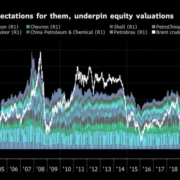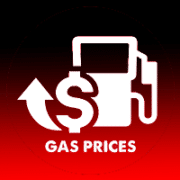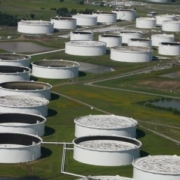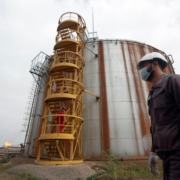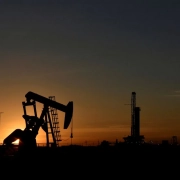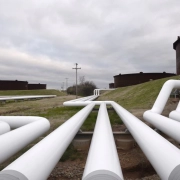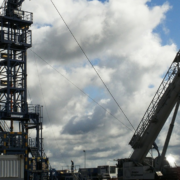As oil prices increased, it is closely associated with U.S. consumers’ and investors’ expectations. Mainly, the expectations are because of inflation in the future. Like what experts say, this helps explain why they are sensitive for central banks and other policymakers. Because of that, further studies were made.
The rise and fall in oil prices have correlated with expectations about future inflation. Research by the University of Michigan’s monthly consumer survey and breakeven rates proves this. This was derivable from U.S. Treasury Inflation-Protected Securities (TIPS). Cyclical changes in Brent prices over the previous 12 months have a pronounced association with changes. These are changes in the rate expectation of all-items inflation. Coverage is over the next 12 months in the University of Michigan survey.
Cyclical changes in Brent prices over the previous 12 months have a pronounced association. So there will be changes in the expected rate of all-items inflation over the next 12 months in the University of Michigan survey.
Changes in prices also have an association with changes in the expected rate of all-items inflation. Therefore, over the next five and ten years, this will be more evident in U.S. Treasury breakeven rates.
Click here to read the full article
Source: Reuters
If you have further questions about the topic of increased oil prices, feel free to contact us at Ranger Land and Minerals.


